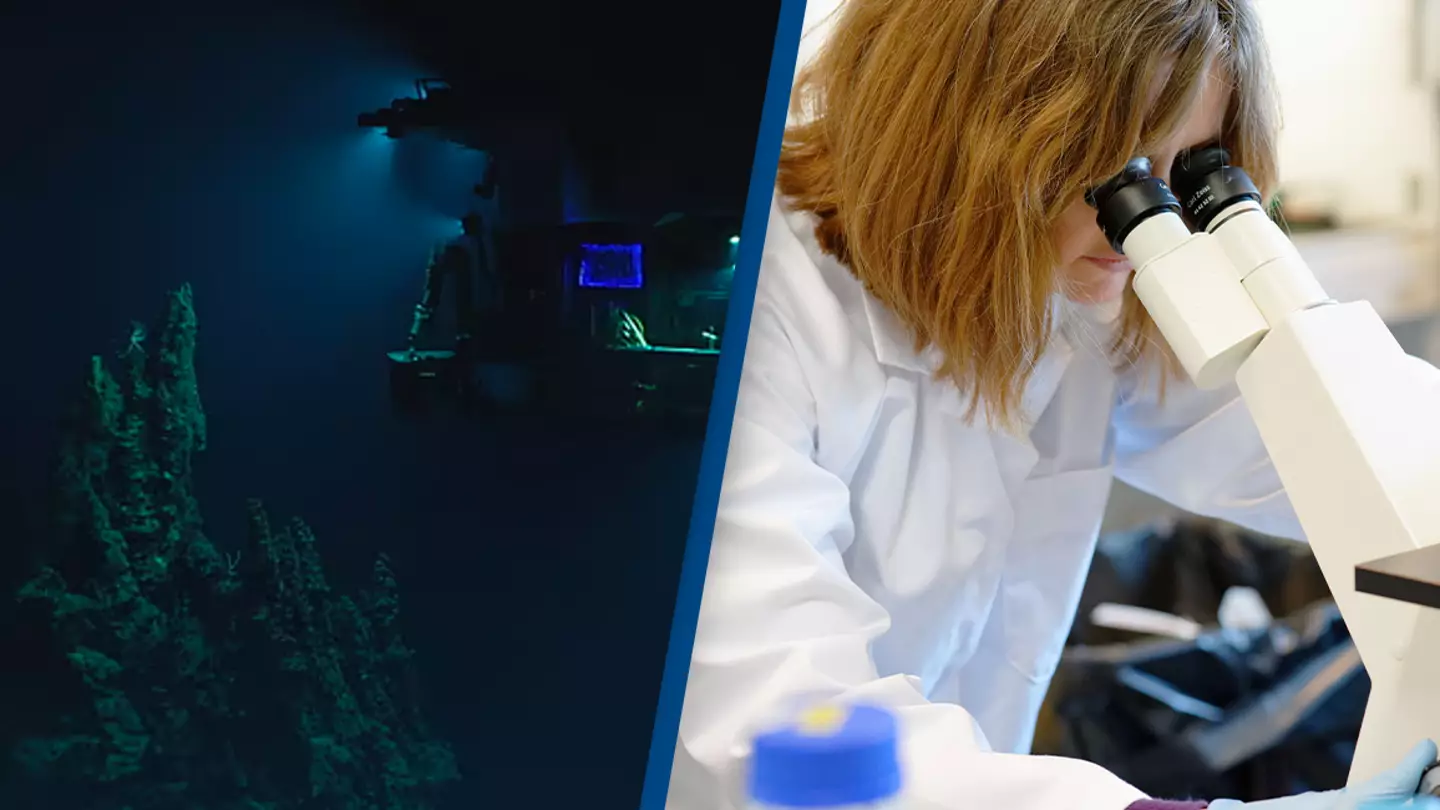
Featured Image Credit: NOAA Office of Ocean Exploration. Sylvain Lefevre/Getty Images
Topics: Science

Topics: Science

Stewart Perrie is a Senior Journalist at LADbible. Stewart has covered the conflict in Syria for LADbible, interviewing a doctor on the front line, and has contributed to the hugely successful UOKM8 campaign. He is in charge of the LADbible Australia editorial content and social presence.
@stewartperrie